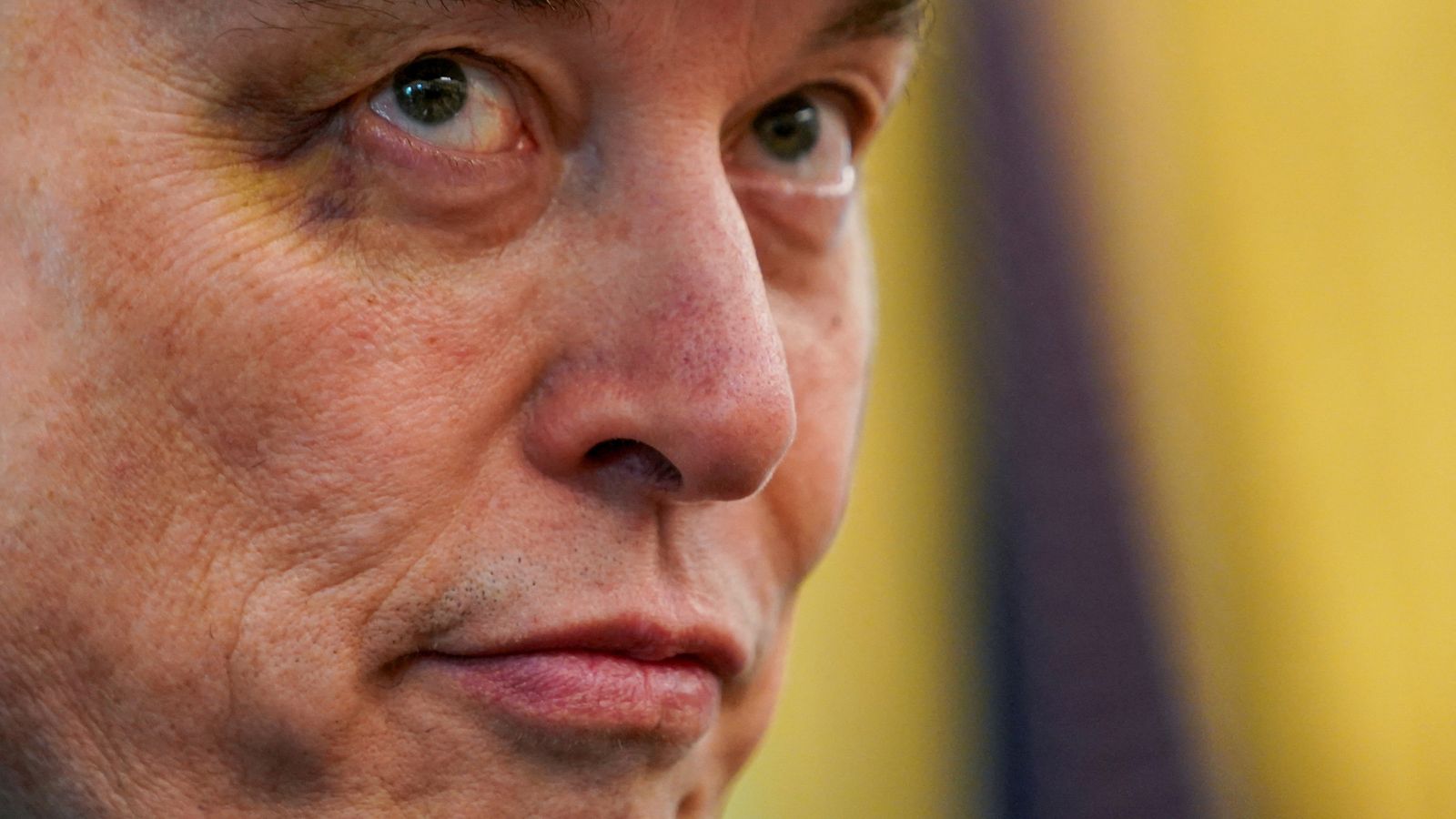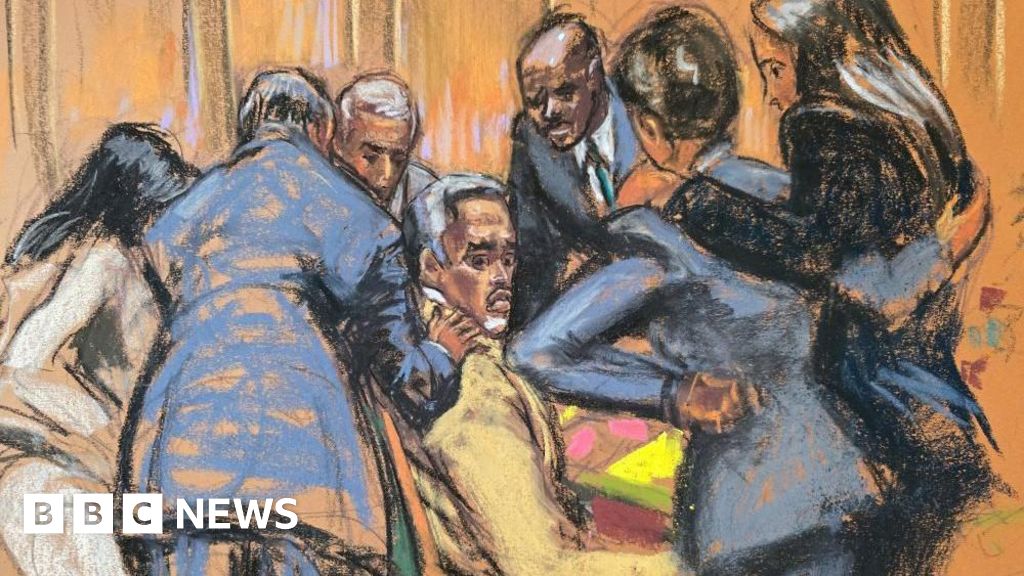It makes total sense for choreographer-director Jonathan Watkins to turn George, the central figure of Christopher Isherwood’s 1964 novel A Single Man, into a double person. Isherwood’s point of departure is the profound sense of dissociation induced by grief, and in casting a dancer, former Royal Ballet principal Ed Watson, as George’s body, and singer-songwriter John Grant as his mind, Watkins at a stroke shows us his riven, dislocated self: Watson on the ground, Grant raised on a platform, motion and music operating on different planes.
If Grant’s voice is always fluent, even mellifluous, moving from low growl through easy baritone and even up to eerie countertenor, Watson’s body begins blocked – all angle and effort, no flow. On one level, the piece is the story of its unblocking, through the reawakening of desire: there’s a tennis match that morphs into homoerotic fantasy; there are passionate memories of his dead lover Jim (Jonathan Goddard); a drunken evening with old friend Charley (Kristen McNally), who has desires of her own; and finally a baptismal night-swimming escapade with a student, Kenny (James Hay), that plunges George back into the waters of life.
On another level, it is an enactment of Isherwood’s main plot points as he recounts a day in the life of a university teacher – though here, you might do well to read a synopsis in advance, to be able to place the settings and the secondary characters, or to follow their interweaving of action, recollection and imagination.
There’s a varied and talented creative team. Holly Waddington and Eleanor Bull’s costumes flip from 60s Americana to abstract-expressionist leotards as the dance ensemble transform between portraying specific characters and generic human beings, gathered into choruses of yearning, desire or defiance. Chiara Stephenson has created a superb set, able to indicate kitchen, bathroom, bar or classroom, and semi-concealing Jasmin Kent Rodgman’s instrumental ensemble, who set the mood-music between Grant’s songs.
Does it gel, though? Intermittently. Rodgman and Grant’s music often feel at odds with each other, and the choreography, though finely danced, seems more to pursue Isherwood’s text than to find its own rhythms. The end, which I won’t give away, does veer from the text but opts for comfort and closure where Isherwood had left us before a more open, unflinching vision, not of grief but of mortality.

 8 hours ago
2
8 hours ago
2










 English (US)
English (US)